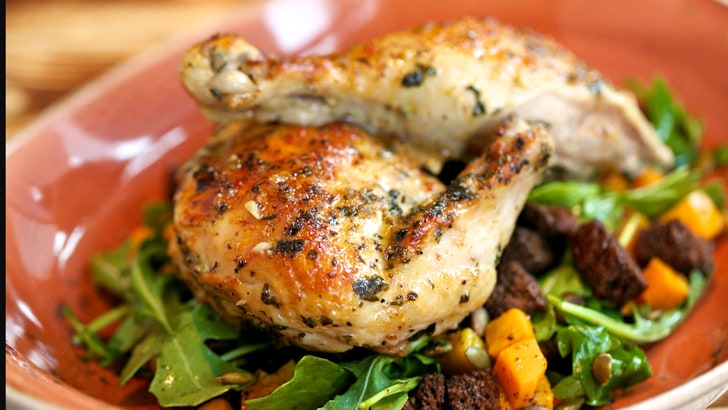
Founded in 2012 by Emmanuel Verstraeten, owner of the Michelin-starred, fine dining institution Rouge Tomate in Brussels and New York City, SPE Certified (Sanitas Per Esam, or Latin for “Health Through Food”) is a certification and consulting programme designed to help chefs and restaurateurs improve the nutritional quality of their meals without sacrificing taste.
Whereas LEED certification focuses on buildings and Green Seal on products, SPE Certified zeroes in on specific dishes to monitor saturated fat, sodium, sugar and other flavor enhancing, yet nutrition busters commonly used associated with restaurant food. The certification programme, which involves a review of the applying dishes by a culinary nutrition team of registered dieticians and health-minded chefs, considers itself “third party” because of its advisory board consisting of professors from Harvard, Tufts and others around the country. Note, however, restaurants do pay for the certification label and licensing fees for related marketing material.
“Not only is SPE certified food good for you, it tastes great,” says Ryan Kingston, general manager at theWit, a boutique hotel by Hilton in Chicago with three full-service restaurants. “Our SPE certified dishes compliment our main food and beverage offerings and provide our guests with a terrific healthy option, as many of them have health and wellness objectives.” theWit’s SPE certified dishes include a Michigan farm apple smoothie with kale, almond milk and wheat germ, deviled eggs with duck bacon and sweet potato local Amish chicken with pumpkin-mizuna panzanella and seared salmon with roasted cauliflower, black lentil and chives, among other dishes.
The advisory board was brought on board to develop the certification programme’s series of charters documenting SPE’s nutritional criteria, which also takes into consideration dietary guidelines from the World Health Organization and the USDA, according to Andrea Canada, vice president of culinary nutrition and sustainability at SPE Certified.
In order to earn certification for the entire restaurant, at least three dishes – such as an appetizer, entrée or dessert – must be part of a meal with no more than 1,000 calories, 13 grams of saturated fat and 1,400 milligrams total. SPE Certified meals should also include at least one to three cups of fresh vegetables, says Canada.
The operator’s use of local, seasonal food, antibiotic- and hormone-free, humanely raised meat and sustainable seafood is also considered in the review, and the use of butter, cream and frying are prohibited. SPE will work with the applicant to meet these standards. Vegan and vegetarian-friendly dishes may also be considered.
“We’re really looking at the ingredients going on the plate – how they are treated in the cooking process and how they balance with other foods,” she adds. “It’s more about the nutritional outcome of the cooking process rather than just numbers. Emmanuel really wanted to change the perception that healthy food has to be boring or bland.”
Canada says the programme has been helpful for consumers overwhelmed with choices. “Nutrition labeling on menus can be helpful, but sometimes you want to just enjoy what you’re eating and know that thought has gone into it to make it good for you and also delicious,” she says.
SPE has also recently begun work with Farmer’s Fridge, a Chicago-based producer of refrigerated vending machines offering fruit and vegetable-packed salads packaged in recyclable plastic jars.
Amelia Levin
